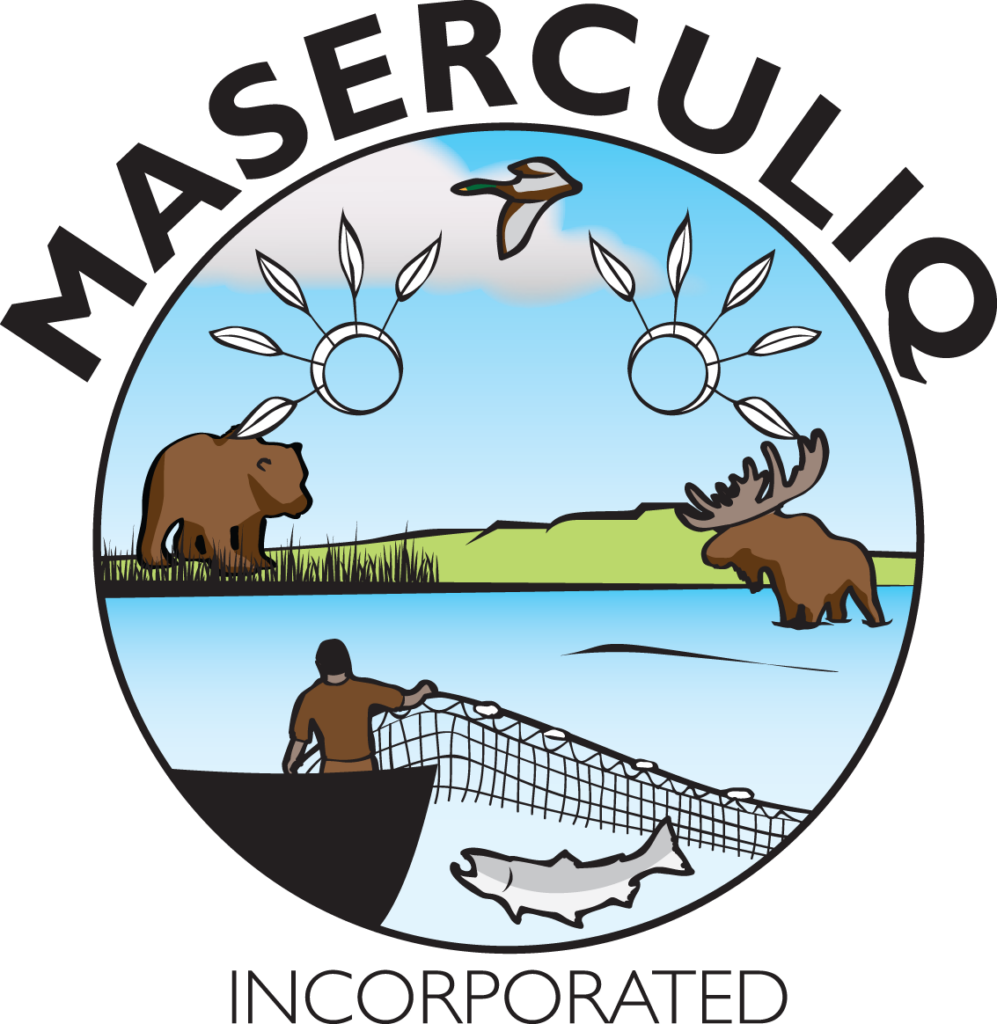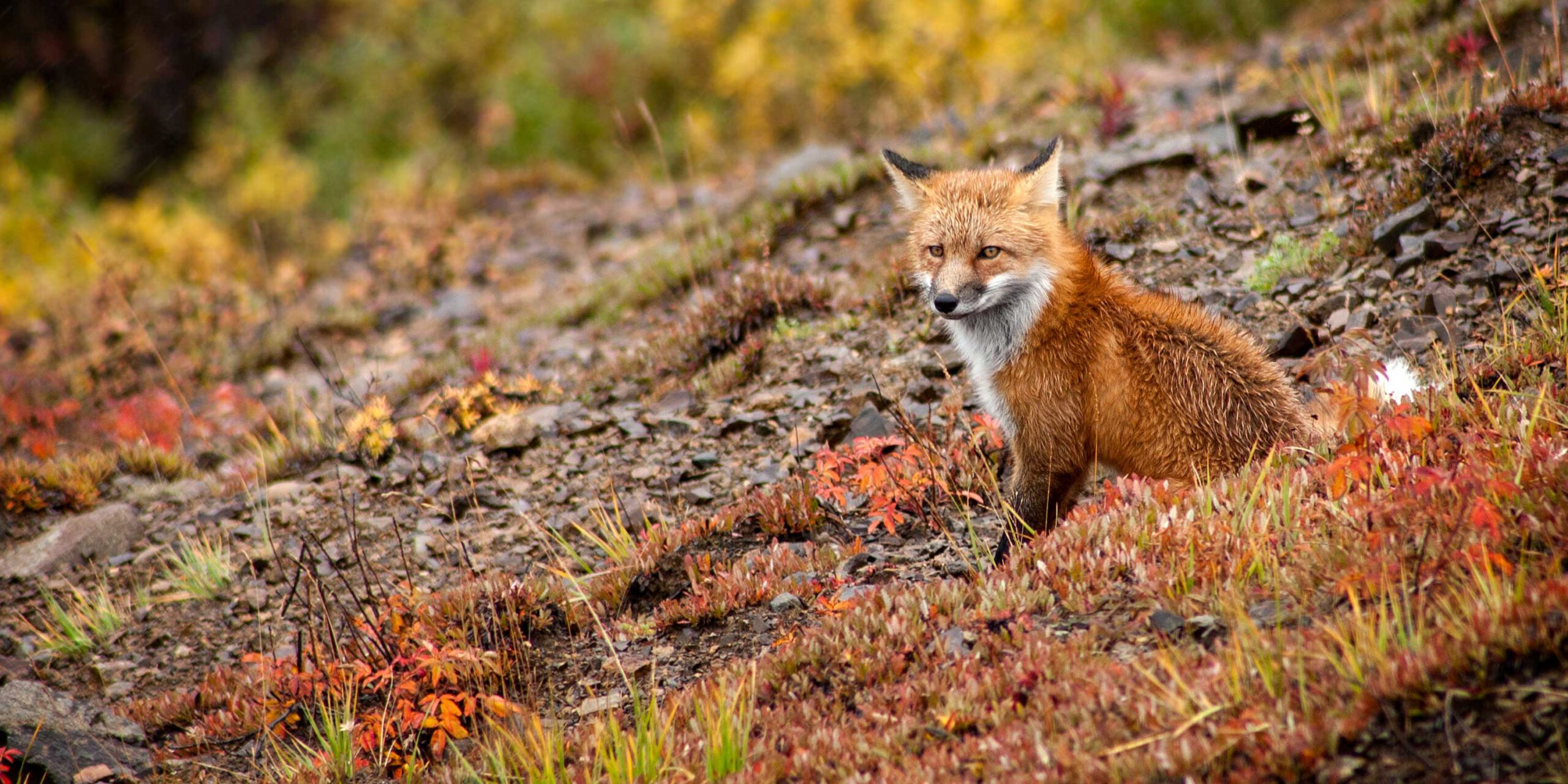The material below is from the State of Alaska Division of Community and Regional Afffairs website.
Marshall, Alaska
Current Population: 437 (Population Year: 2018)
Incorporation Type: 2nd Class City
Native Community Name: Masserculleq (Language: Central Yup’ik)
Native Community Name Translation: The Former One for Fishing for Old Salmon Near Spawning
Culture and History
An expedition came upon an Yup’ik village called “Uglovaia” at this site in 1880. Gold was discovered on nearby Wilson Creek in 1913. “Fortuna Ledge” became a placer mining camp, named after the first child born at the camp, Fortuna Hunter. Its location on a channel of the Yukon River was convenient for riverboat landings. A post office was established in 1915, and the population grew to over 1,000. Later, the village was named for Thomas Riley Marshall, Vice President of the United States under Woodrow Wilson from 1913-21. The community became known as “Marshall’s Landing.” When the village incorporated as a second-class city in 1970, it was named Fortuna Ledge but was commonly referred to as Marshall. The name was officially changed to Marshall in 1984.
Marshall is a traditional Yup’ik village. Subsistence and fishing-related activities support most residents. Members of the Village of Ohogamiut also live in Marshall.
Geography and Climate
Latitude, Longitude: 61.8791, -162.087
Marshall is located on the north bank of Polte Slough, north of Arbor Island, on the east bank of the Yukon River in the Yukon-Kuskokwim Delta. It lies on the northeastern boundary of the Yukon Delta National Wildlife Refuge.
Climate: Marshall falls within the transitional climate zone, characterized by tundra interspersed with boreal forests, and weather patterns of long, cold winters and shorter, warm summers. Heavy winds in the fall and winter often limit air accessibility. The Lower Yukon is ice-free from mid-June through October.
Square Miles of Land: 4.7
Square Miles of Water: 0.0
Demographics
Census Population Counts
| Census Year | Population |
|---|---|
| 1880 | 120 |
| 1890 | 36 |
| 1900 | 0 |
| 1910 | 0 |
| 1920 | 0 |
| 1930 | 0 |
| 1940 | 91 |
| 1950 | 95 |
| 1960 | 166 |
| 1970 | 175 |
| 1980 | 262 |
| 1990 | 273 |
| 2000 | 349 |
| 2010 | 414 |
Current Population by Race
| Race | Percent of Population |
|---|---|
| American Indian or AK Native | 96.79% |
| Asian | 0.00% |
| Black or African American | 0.00% |
| Native Hawaiian or Pacific Islander | 0.00% |
| White | 0.00% |
| Other Race | 0.00% |
| Two or More Races | 3.21% |
Current Population by Age
| Age | Percent of Population |
|---|---|
| Under 5 | 14.29% |
| 5 to 9 | 8.75% |
| 10 to 14 | 12.54% |
| 15 to 19 | 9.62% |
| 20 to 24 | 5.83% |
| 25 to 34 | 16.91% |
| 35 to 44 | 5.83% |
| 45 to 54 | 11.08% |
| 55 to 59 | 3.5% |
| 60 to 64 | 6.12% |
| 65 to 74 | 3.21% |
| 75 to 84 | 2.04% |
| Over 85 | 0.0% |
Current Population by Sex*
| Sex | Percent of Population |
|---|---|
| Male | 51.31% |
| Female | 48.69% |
Transportation
Marshall is accessible for the most part by both air and water; there are no roads which connect it to other communities. The City has a state-owned gravel airstrip. In a survey conducted by the AFSC in 2011, community leaders reported that a seaplane base is also present. Local residents have boats, but in the winter months they are reliant upon dog teams and snow machines. The City receives barge services.
Education
Marshall schools are part of Lower Yukon Schools.

